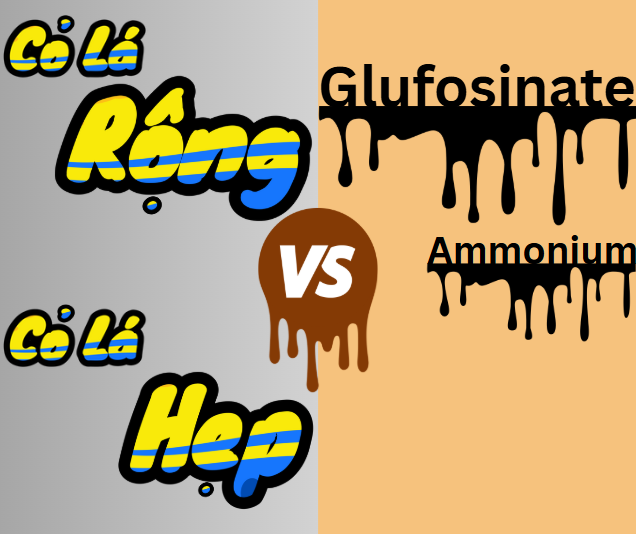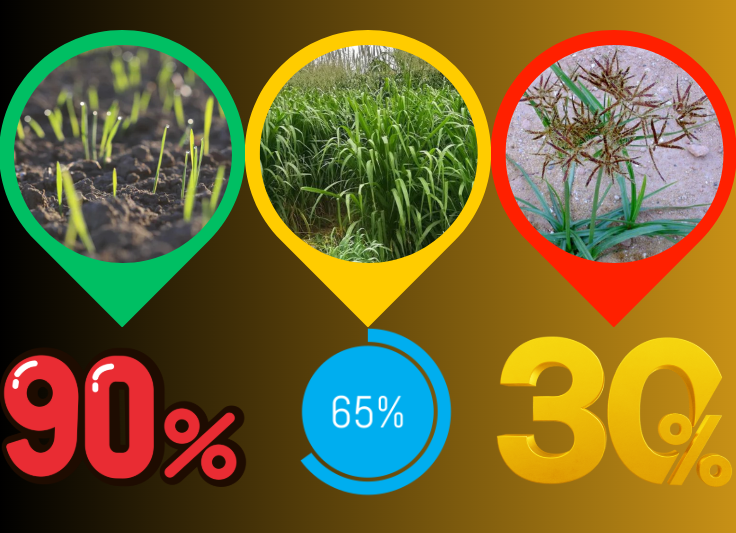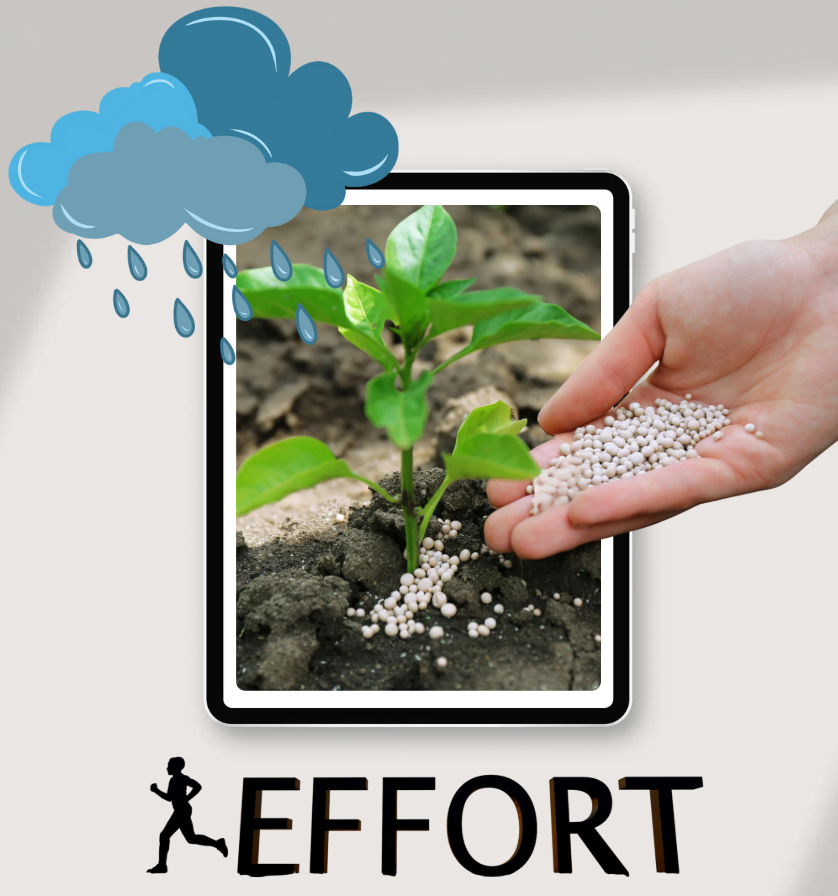
Can Glufosinate Ammonium Kill Both Broadleaf and Grassy Weeds?
Can Glufosinate Ammonium control both broadleaf and grassy weeds? Learn about its weed control spectrum, real-world effectiveness, and how to use it for optimal results without harming your crops.
Table of Contents
- What Is Glufosinate Ammonium?
- Difference Between Broadleaf and Grassy Weeds
- Can Glufosinate Kill Both Weed Types?
- Real-World Effectiveness on Common Weeds
- When Is Glufosinate Less Effective?
- How to Use Glufosinate for Best Results
- Conclusion
1. What Is Glufosinate Ammonium?

Glufosinate Ammonium is a non-selective contact herbicide that kills weeds where sprayed.
Mode of action: Inhibits glutamine synthetase enzyme → ammonia buildup in plant cells → tissue damage → rapid weed death.
Key Advantage: Not systemic – it does not translocate to roots, so it’s safer for crops when applied near the base.
2. Difference Between Broadleaf and Grassy Weeds

|
Feature |
Broadleaf Weeds 🌿 |
Grassy Weeds 🌾 |
|
Leaf Shape |
Broad, net-veined |
Narrow, parallel-veined |
|
Root System |
Fibrous, spreading |
Often deeper, more extensive |
|
Examples |
Spiny amaranth, creeping woodsorrel, purslane |
Crabgrass, cogongrass, torpedo grass |
3. Can Glufosinate Kill Both Weed Types?

✅ YES – Glufosinate Ammonium can control both broadleaf and grassy weeds, but effectiveness varies depending on weed species, age, and condition.
- Young weeds: Very effective (90–100%)
- Mature, woody weeds or deep-rooted types: Reduced effectiveness
- Underground rhizome or tuberous weeds (e.g., nutgrass): May regrow if not fully exposed and sprayed
4. Real-World Effectiveness on Common Weed Types
|
Weed Type |
Category |
Glufosinate Effectiveness |
|
🌿 Spiny Amaranth, Creeping Woodsorrel |
Broadleaf |
✅ Very High |
|
🌿 Pigweed, Purslane |
Broadleaf |
✅ Good |
|
🌾 Crabgrass, Cogongrass (young) |
Grassy |
✅ Good when young |
|
🌾 Torpedo Grass, Goosegrass |
Grassy |
⚠️ May require repeat spraying |
|
🌿 Nutgrass (strong root system) |
Grassy |
⚠️ Difficult to eliminate fully |
|
🌿 Couch Grass (rhizomatous) |
Grassy |
❌ Not completely effective |
5. When Is Glufosinate Less Effective?
- Overgrown weeds with woody stems or taller than 25–30 cm
- Weeds regrowing from underground parts not directly sprayed
- Rainfall shortly after spraying – reduces absorption
- Underdosing or overly diluted mixtures
6. How to Use Glufosinate for Best Results
✅ Spray when weeds are young (10–20 cm tall, actively growing)
✅ Ensure thorough coverage on leaf surfaces – don’t miss the base or shaded areas
✅ Recommended dose: 40–60ml per 16 liters of water (depending on formulation)
✅ Do not mix with alkaline substances (lime, sulfur, etc.)
✅ Can be combined with pre-emergent herbicides for longer-term control
7. Conclusion
Glufosinate Ammonium is a broad-spectrum, non-selective herbicide that effectively controls both broadleaf and grassy weeds when applied correctly.
👉 Spray at the right stage, use the correct dosage, and follow proper technique to achieve effective weed control without damaging your crops or allowing regrowth.
Bình luận
Những bình luận mới nhất



